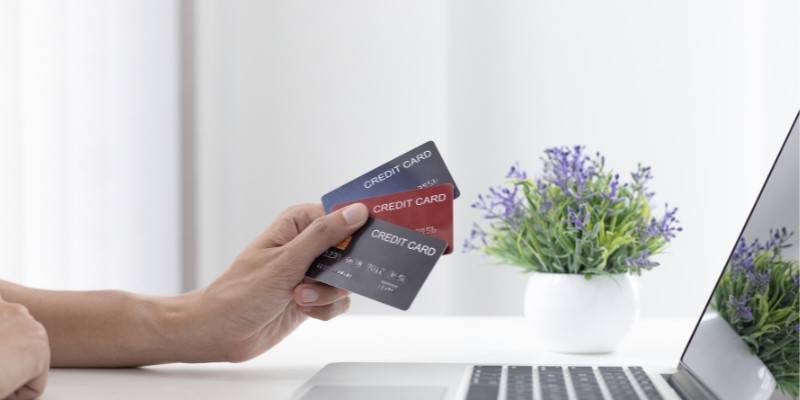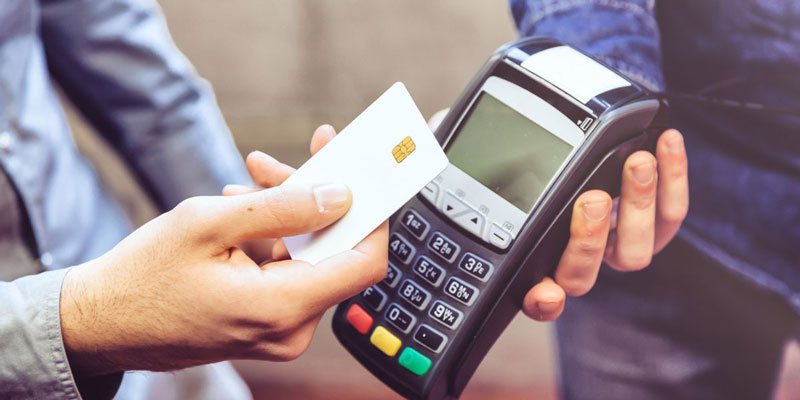What You Must Understand How To Make A Checkbook Balance
Triston Martin
Jan 09, 2024
To balance a checkbook, one must tally up all of one's monthly credit and debit transactions and compare this total to the amount shown on one's bank account. Digital banking does an excellent job of keeping tabs on us, but it's still a good idea to double-check to be sure nothing fishy is going on and that you're spending only what you should. When paper bank statements were the rule rather than the exception, a vital aspect of maintaining a healthy bank account was to compare your monthly records to the statement. You may think balancing your checkbook is as obsolete as learning how to use a pencil to rewind an unraveling cassette tape, considering that all of your transactions are accessible instantly through your bank's web portal or mobile app.
Why Should You Balance Your Checkbook?

Keeping a record of your transactions and balancing it regularly is still a good practice, even in this day and age when access to most or all of your transaction information is as simple as clicking a button. To balance your checkbook or reconcile your account, you must compare the details of your transactions against the information provided by your financial institution. Keeping and routinely balancing such a record is essential for several reasons:
- When paper checks were the norm, it sometimes took weeks for a single payment to be processed. When you keep meticulous records of your check writing as well as reconcile your bank statement, you can rest easy knowing you won't be caught off guard when an old check eventually clears.
- Mistakes by banks are uncommon, but they can happen, and balancing your checkbook regularly is one way to detect them early.
- If you reconcile your accounts regularly, you will be able to identify merchant mistakes sooner. You need to balance your account at least once monthly to determine if a seller overcharges you for a transaction.
- To better manage your finances, it is recommended that you keep a record of all of your financial activities.
- A regularly balanced checkbook makes it simpler to spot issues like missing automated payments, improperly imposed fees, fraudulent transactions, and even your arithmetic blunders.
Options For Digital Balancing
The traditional way of balancing your checkbook was to manually keep track of your purchases in a paper check register. Also, it presupposed that most of your account's in- and outgoing financial dealings occurred through paper checks. Payments may be made in various methods nowadays, including at ATMs, via mobile deposits, automated bill payment (ACH transfers), or by direct deposit of your salary. Because of these drawbacks, most contemporary customers prefer digital options for checking account balances. Fortunately, there are alternatives to using paper and pencil to keep track of your financial transactions:
Daily Check-Ins With Your Bank Online

To some extent, you may get the same results as maintaining and balancing a checkbook record by accessing your account daily since your bank will update the transactions that clear your account in real time. Having access to your account activity within a day of completing a transaction will help you spot any errant charges as well as maintain a consistent sense of your balance. Several features of today's banking systems serve as gentle daily reminders to assist you in establishing this routine if you're having trouble doing so on your own. For instance, most contemporary financial institutions have mobile applications that let you see your account balance and recent activities and even remotely deposit checks. The option to join the mailing list is also available.
Conclusion
Learning how to balance your checkbook would be best since it is an essential life skill. You'll be able to see exactly where your money goes each month and how much is sitting in your bank account. You won't have to worry about overspending or underspending, and you'll have a better chance of catching banking mistakes and fraudulent charges. To balance a checkbook, one must tally up all of one's monthly credit and debit transactions and compare this total to the amount shown on one's bank account. With a mobile banking app, you may quickly and easily monitor your bank account's balance, recent transactions, and available funds for immediate use.







